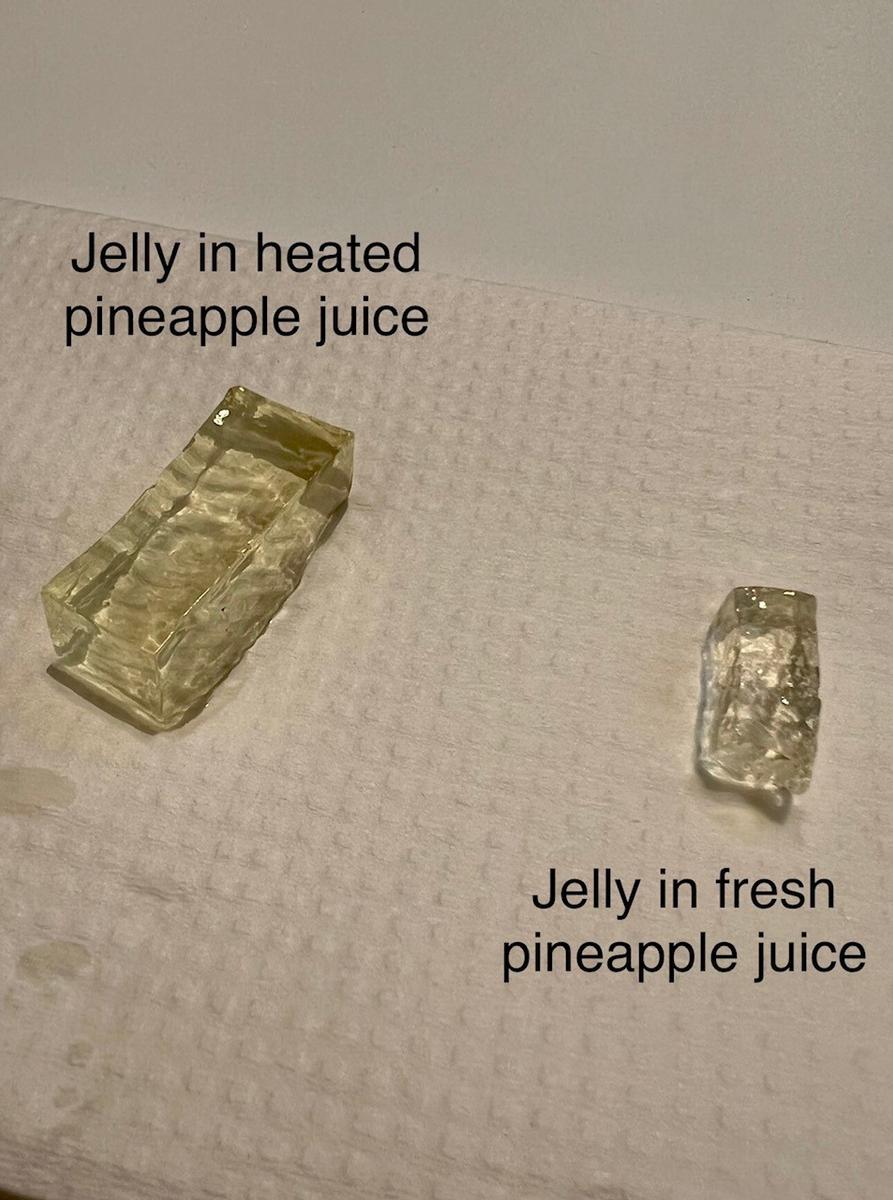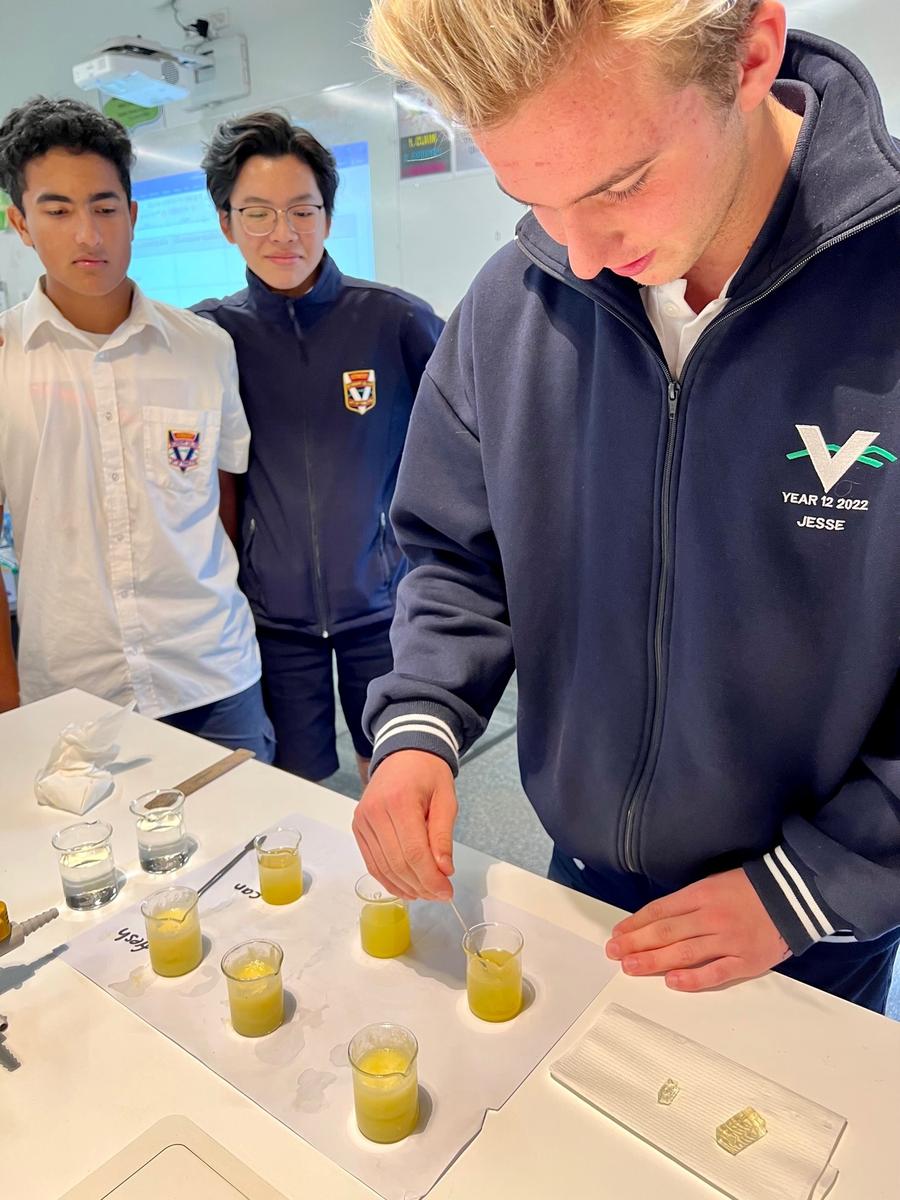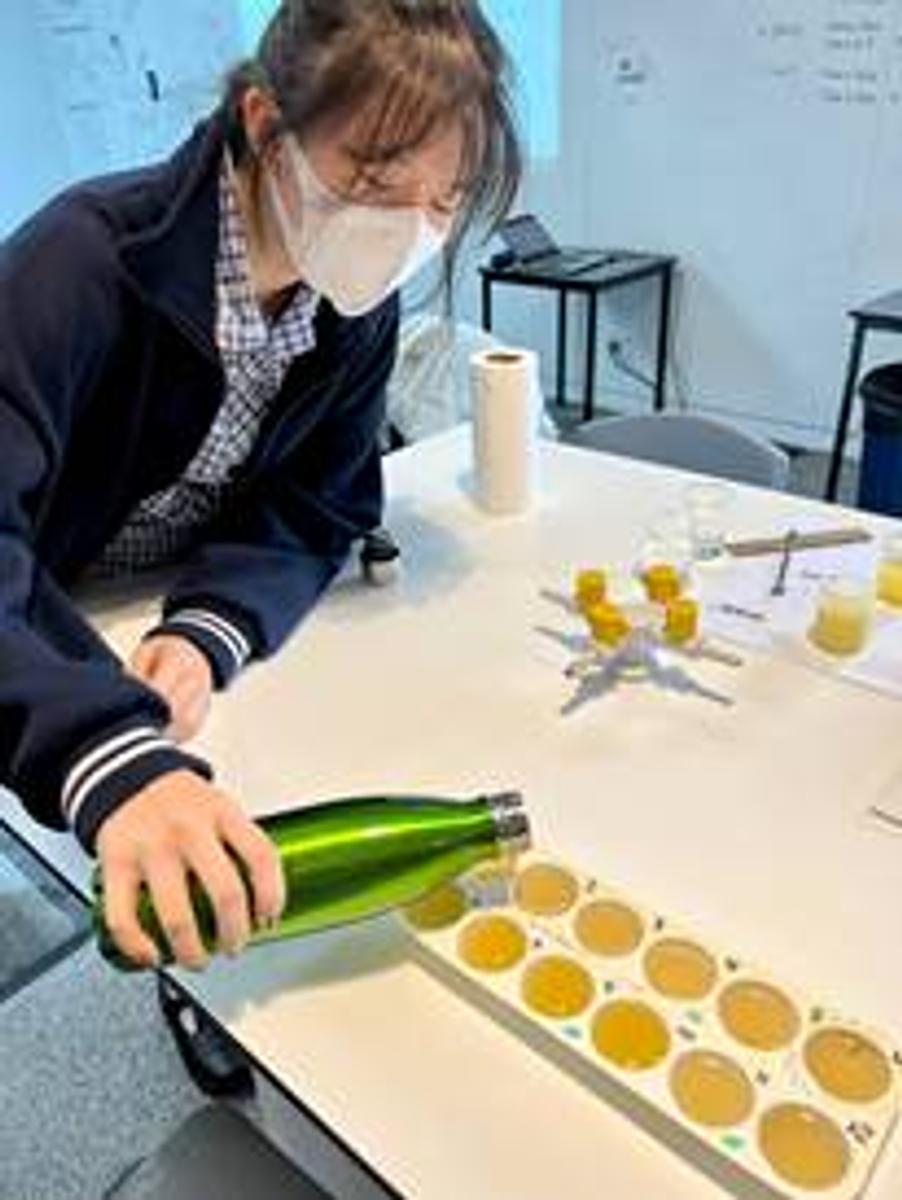Science News
Vermont Secondary College
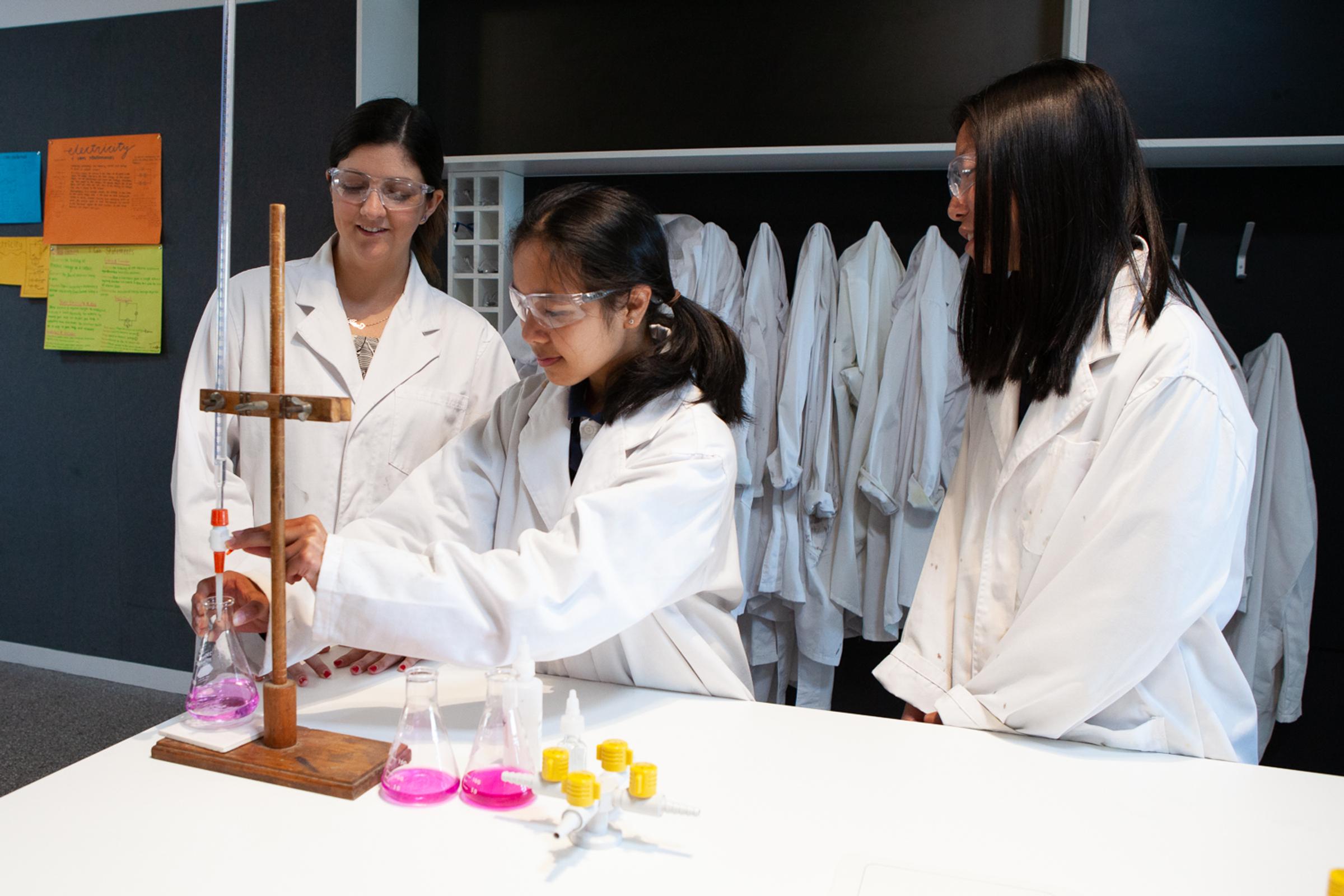
Science News
Vermont Secondary College
Big Science Competition
Thank you to all of the students that signed up for the Big Science Competition. This will be held on Monday 9th May during Period 1. Students need to go to room L1 where I will mark the roll and give each student a password.
Trial questions can be found by following the link below:
Australia Science Innovations » Sample Questions (asi.edu.au)
Students will have 50 minutes to complete 30 questions. You may bring along a pen, some paper and a calculator to help you with your working out.
Claim – Evidence – Reasoning
One method of analysing the data that students collect during an experiment is called the CER Method. This is a way for students to look at their findings and to help them formulate a written summary. As teachers, we often find that when writing a discussion or asking students to talk about what they have found, they will miss a key element. This is a model that is helping our students to not just tell us what they observed or measured, but also to link it to the science.
How does the model work?
Claim: This is a statement that answers the original question – the question that the class were originally investigating. It is usually only one simple sentence that is based on the evidence collected.
Evidence: We can all tell if an experiment has worked, but it is important to incorporate actual data. It’s easy to write broad statements, but we want our students to provide specific details. The evidence section of the model encourages students to refer to tables or graphs and identify any patterns that have been found. It helps to make the experiment and the claim relevant.
Reasoning: This is the meaning of it all! Here the students link what they have found to the actual Science. They make connections to the theory covered in our lessons to what they have observed in an experiment.
So next time you see your child’s work and notice the term CER – you will be able to discuss it with them!
Chemistry and Art Competition
The RACI Chemistry and Art Competition closed this week and I wanted to share with you the submission drawn by Jade F in Year 7 depicting “Girls in STEM” – this is perfect timing as the Year 7’s are currently beginning a STEM project. Well done and good luck, Jade!
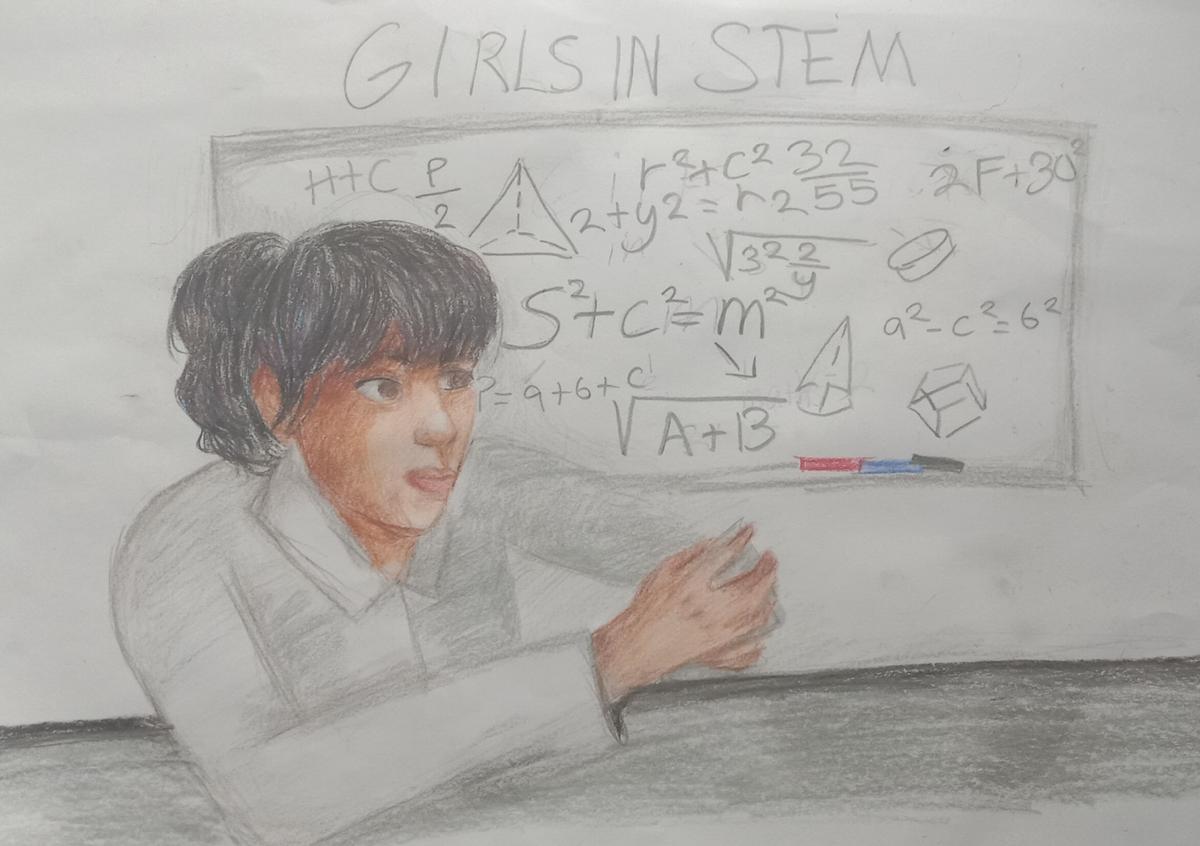

Pineapple Enzymes
Did you know that pineapples contain enzymes that break down protein? The Unit 3 Biology students have been investigating enzyme structure and function. To model this, all classes looked at how pineapple could break down the protein collagen found in jelly! When proteins are heated to an extreme temperature they lose their functional shape and can no longer bind to the protein in jelly and digest it – however the enzymes in fresh pineapple are unaffected and can digest the protein. This is an easy activity to model at home, and you might even like to try it with different fruits to see what effect they might have!
